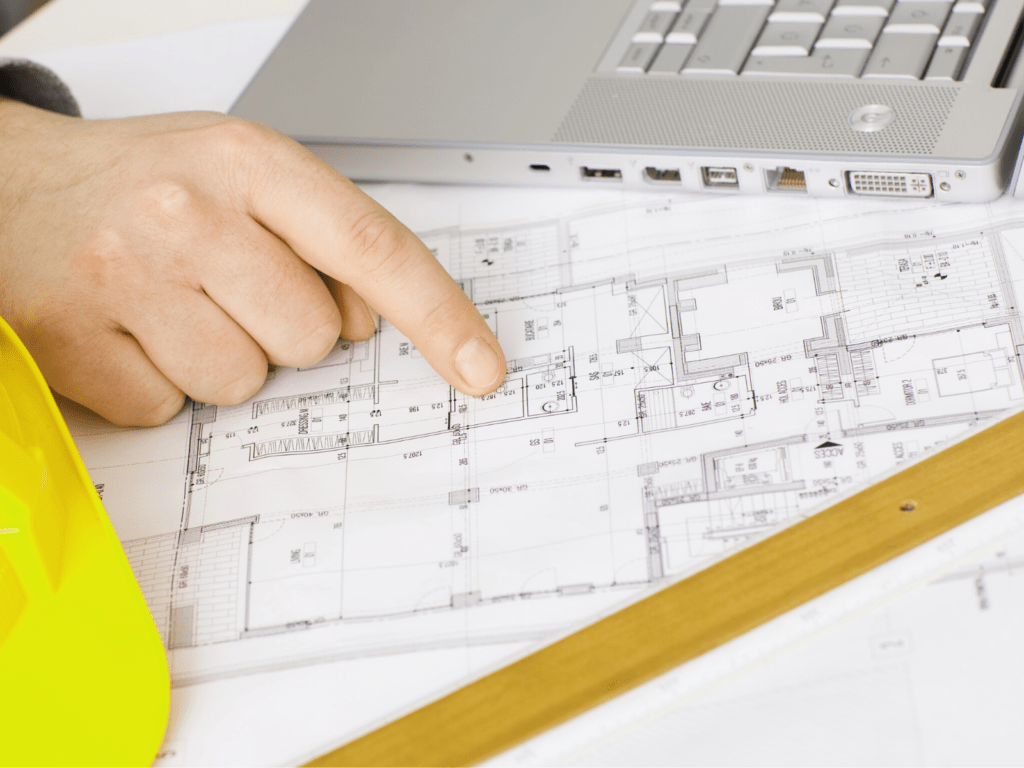
Our offices probably never will be the same after COVID-19 and in truth, our practices shouldn’t be the same. In fact, our offices should have been better designed all along instead of being left as they were because that was just how it was done. The COVID-19 pandemic has brought a wave of change upon us. Let’s make sure the change is meaningful and important. Let’s use it to ensure that health care practitioners have a say in the practice of medicine instead of having to do it because someone else said so.
It is likely that COVID-19 is here for the long term. It is even more likely that other new and frightening problems will arise. We need to be built to cope with them. The response to this crisis has been uninspiring from the local to international levels, and we need to start finding proactive solutions.
A 6-foot separation between individuals has been pushed by many to mitigate risk of spreading the infection. This certainly puts a number on it. Unfortunately, that number is not based on very much science. We don’t know how far a sneeze or cough can transmit viral particles or how long the virus that causes COVID-19 can live on surfaces. Creating a plan to keep a “safe” 6-foot social distance would be extraordinarily helpful, if we knew it actually mitigated risk. On the other hand, if this only creates the illusion of safety, then the cost seems unreasonable.
Saying something, even when you say it loudly and often, doesn’t make it true or helpful. Again, we need solutions that will work.
This is not to say social distancing with limitations on contact doesn’t help decrease transmission of COVID-19 and other pathogens. Increasing the distance within reason will be an important facet of any plan for office redesign. We also need to design spaces that can be efficiently and reliably disinfected. Surfaces can harbor viruses and other pathogens for hours, days, and sometimes even weeks. We need hand washing and other personal protection to be built into the flow of our work—including the work done in the back office and the waiting room. Spending all day disinfecting means that no work is actually getting accomplished. The size of existing spaces and the type of work being done are also extremely important considerations.
Optimizing indoor air quality and safer air circulation patterns is even more important. Pollution from factories and cars gets a lot of press. Indoor pollution is occasionally mentioned. The risk of infection from breathing has rarely been mentioned. Now is the time to address all these issues. We don’t need to improve one at the expense of another. The next problem may not come from a coronavirus.
Most office HVAC systems are designed to recirculate air (and often what’s in it). This includes viral particles, carbon dioxide, carbon monoxide, gasses from carpet, paint, and printers, just to name a few. Some are beginning to tout improved filtration. This is an important component, but just one piece of the solution.
Working from home can also decrease exposure to others and their pathogens. That doesn’t mean that the home environment is totally safe. We bring papers, computers, jump drives and myriad other items back and forth from home to office regardless of which is our primary work location. The environmental conditions may still need addressing.
“Don’t just stand there, do something.” Unfortunately, much of what’s being said and done, won’t help a thing. We and our patients deserve meaningful change.
Eventually, we will have to go back to work. Work needs to get done and we need to do the work smarter. We need to create a smarter, safer, and more efficient work environment on multiple levels.
Upcoming articles will begin to dissect the problems and offer substantive solutions. We have begun seeking out subject matter experts who still have common sense instilled with a cost-conscious yet altruistic bent.
See our other COVID-19 content at SmartBusinessGreatMedicine and follow us on Twitter, Facebook, and LinkedIn to join the conversation.



Stag Performance
COVID-19 Will Change The Medical Workspace: Back Office Design | SBGM